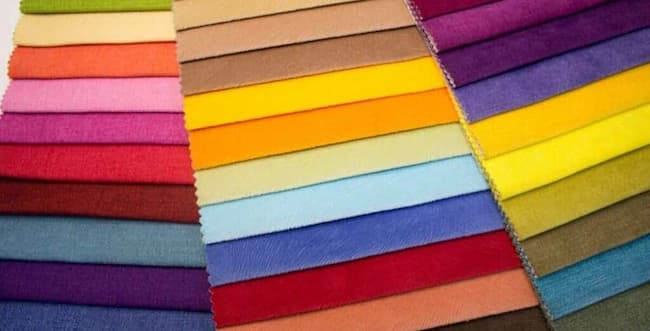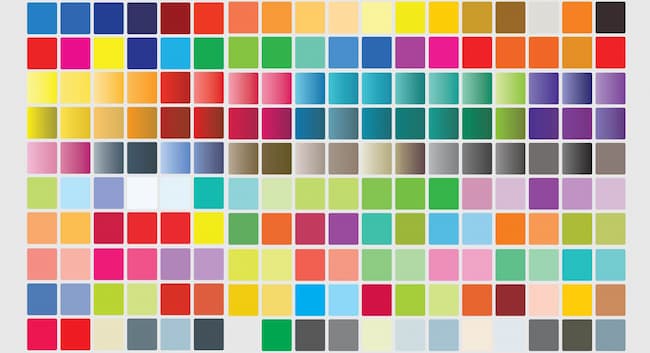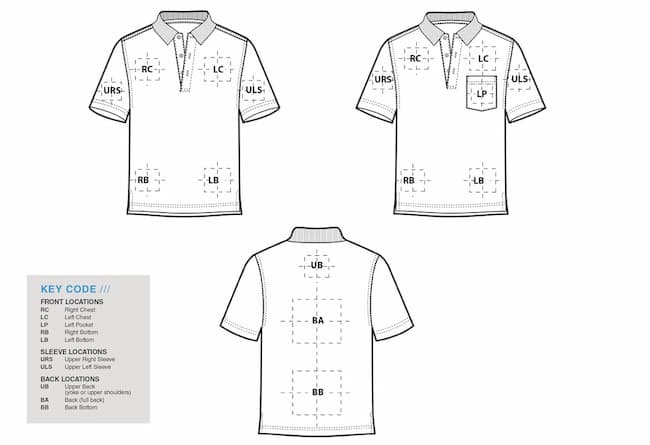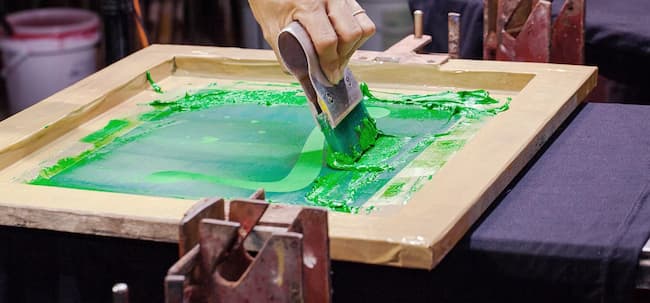
19 November, 2024
Bespoke Polo Shirts: Tips for an Unforgettable Promotional Item
Bespoke polo shirts stand out as a sophisticated and versatile choice for a promotional item. Whether you're aiming to boost brand recognition, foster team spirit, or simply offer a classy giveaway, a well-designed polo shirt can make a significant impact. But how do you ensure that your custom polo shirts are not just another piece of forgettable swag? Here’s a guide to designing them that will leave a lasting impression.
Understand Your Audience
Understanding your audience is pivotal in any design process, especially for apparel. The preferences of your target demographic have a profound influence on the overall design. This includes not only the style and colours but also the functionality of the shirt.
Demographic Considerations:
Age: Different age groups have varying fashion tastes. Younger audiences may prefer trendier, more vibrant designs, whereas older demographics might lean towards classic, understated styles.
Profession: The profession of your target audience can greatly influence design. A design suitable for corporate professionals would be different from one meant for those in creative fields or casual environments.
Lifestyle: Lifestyle factors such as leisure activities, climate considerations, and cultural norms can also guide the design process. For instance, designs for an active, outdoorsy group would differ from those for an audience with a more sedentary lifestyle.
Fashion Sensibilities: Keep in mind the general fashion trends popular with your target group. This could range from minimalist designs to bold, statement pieces.
Resonance with the Audience: The key is to create a design that resonates with your audience’s identity and values. This ensures the polo shirt is not just worn but cherished and becomes a part of the wearer's identity or lifestyle.

Choose Quality Fabric
The fabric is not just about the look and feel of the polo shirt, but it's also about how it performs in terms of durability, comfort, and maintenance. The right choice of fabric can significantly enhance the wearer's experience.
Types of Fabrics:
Cotton: Cotton is a classic choice, known for its breathability and softness. It's ideal for everyday wear and suits a wide range of climates and activities.
Cotton-Polyester Blend: This blend offers the best of both worlds – the comfort of cotton and the durability of polyester. It’s less prone to wrinkling and shrinking compared to pure cotton, making it a great option for a more premium feel.
Moisture-Wicking Fabrics: For an audience that's more active or for wear in warmer climates, moisture-wicking materials are ideal. They help in keeping the wearer dry and comfortable by drawing sweat away from the body.
Considerations for Fabric Choice:
Comfort: The fabric should feel good against the skin and not cause irritation.
Durability: It should withstand regular wear and washing without losing its shape or colour.
Ease of Care: Ideally, the fabric should be easy to wash and require minimal special care, fitting into the lifestyle of the wearer.
Environmental Impact: Increasingly, consumers are becoming conscious of the environmental impact of their clothing choices. Opting for sustainable and eco-friendly fabrics can be a significant selling point.

Select the Right Colours
Colours are not just an element of design; they are a powerful tool for brand identity and recognition. The right choice of colours can evoke certain emotions and create a connection with your target audience.
Considerations for Colour Selection:
Brand Representation: Colours should align with your brand identity. If your brand is known for certain colours, it's important to incorporate them into your design to maintain brand consistency.
Garment Compatibility: Consider how these colours will look on fabric. Some colours that look great digitally may not translate well onto textiles.
Use of Bold Colours: If your brand colours are bright or bold, using them as accents can be more effective than making them the primary colour of the shirt. This prevents the shirt from appearing too overwhelming or garish.
Neutral Base Colours: Neutral colours like white, black, or navy serve as excellent base colours. They are versatile and widely accepted, making them appealing to a broader audience. They also provide a sophisticated backdrop for your logo, ensuring it stands out.
Balancing Aesthetics and Branding: The challenge is to balance the aesthetics of the shirt with the need for brand representation. The colours should enhance the design of the shirt while also being true to your brand.

Design a Striking Logo Placement
The placement and size of your logo can significantly impact the overall appeal of the polo shirt. It's not just a branding exercise; it's also a design choice.
Placement Options:
Traditional Left Chest: This is a classic and safe choice, offering brand visibility without being too intrusive.
Alternative Placements: Thinking creatively, you could place the logo on the sleeve, the nape of the neck, or even integrate it into an all-over print. These options can make it stand out in a crowded market.
Visibility vs. Subtlety: The goal is to make the logo noticeable without it dominating the shirt's design. A logo that is too large or too prominently placed can detract from the overall aesthetic of the shirt.
Emphasis on Subtlety:
Subtle logo placements can often be more effective. They can make the shirt more versatile and wearable in different settings, while still maintaining brand presence. The idea is to design one that people want to wear not just for the brand, but also for its style and comfort.
Pay Attention to Fit and Style
A well-fitted polo shirt conveys professionalism and sophistication. It’s important that the shirt complements the wearer’s body type, enhancing their appearance rather than detracting from it.
Comfortable and well-fitting shirts are more likely to be worn regularly, increasing brand visibility.
Catering to Diverse Body Types:
Size Range: Offering a comprehensive range of sizes is essential to accommodate different body shapes and sizes.
Fit Options: Consider providing various fit options like slim fit, regular fit, and relaxed fit. This inclusion ensures that there's a comfortable and flattering option for everyone.
Style Details:
Collar Style: The collar can vary from classic designs to more modern interpretations. Each style can set a different tone for the shirt.
Button Placket: The design of the button placket can also impact the overall look. Options range from traditional two or three-button plackets to more contemporary designs.
Sleeve Length: Sleeve lengths can vary from short to long, each offering a different aesthetic and practicality for various climates and personal preferences.
Unique Touch:
Custom style elements can significantly differentiate your polo shirt from standard designs, making it stand out and appealing to a specific audience.
Consider Sustainability
Many consumers are actively seeking sustainable clothing options. This shift presents an opportunity for brands to align with these values.
Sustainable Material Options:
Organic Cotton: Unlike conventional cotton, organic cotton is grown without harmful chemicals, making it a more environmentally friendly option.
Recycled Materials: Using recycled materials, such as recycled polyester, not only reduces waste but also conserves resources.
Brand Image Enhancement:
Environmental Responsibility: Offering eco-friendly options demonstrates a commitment to environmental stewardship, resonating with consumers who share these values.
Brand Loyalty: Such initiatives can foster a deeper connection with your audience, building brand loyalty and a positive brand image.
Marketing Appeal: Sustainability is not just an ethical choice but also a powerful marketing tool. It allows your brand to tell a story of responsibility and awareness, making your product more than just a garment.
Create a Mockup
Importance of Mockups
Visualisation: Creating a mockup is a critical step in the design process. It allows you to visualise how your design will look on the actual polo shirt.
Feedback and Adjustments: By creating a mockup, you have the opportunity to gather feedback, which can be invaluable in making necessary adjustments before final production. This step helps in identifying any design flaws or areas for improvement.
Methods for Creating Mockups:
Digital Tools: There are various digital tools available that can simulate how your design will look on a garment. These tools can provide a realistic representation of colour, size, and placement of logos or patterns.
Physical Samples: Working with your manufacturer to create a physical sample is also beneficial. It gives a more accurate sense of the fabric, fit, and overall look and feel of the design.
Finalising the Design:
The feedback gathered from the mockup phase should be carefully considered to refine and finalise the design. This ensures that the final product aligns with your vision and meets the expectations of your target audience.

Choose the Right Printing Technique
The longevity and appearance of the print are crucial. It should withstand regular wear and washing without fading or peeling.
Common Printing Techniques:
Screen Printing: This traditional method is known for its durability and high-quality results. It's ideal for designs with fewer colours and is cost-effective for larger quantities.
Embroidery: Embroidery adds a premium, sophisticated touch to the polo shirt. It is highly durable and gives a sense of depth and texture to the logo or design. However, it can be more costly and less suitable for very intricate or colourful designs.
Digital Printing: Perfect for designs that require multiple colours or detailed graphics. Digital printing offers great versatility and precision. However, it may not be as long-lasting as screen printing or embroidery.
Matching Technique with Design:
The choice of printing technique should align with the design's complexity, colour range, and desired aesthetic. Each method has its unique advantages and limitations, so it's important to choose one that complements your design and fulfils your requirements.
Final Thoughts
Designing a bespoke polo shirt as a promotional item is not just about branding; it's about creating a piece of apparel that people want to wear. By focusing on quality, design, and the needs of your audience, you can create one that not only promotes your brand but also adds value to the recipient’s wardrobe. Remember, the best promotional item is one that combines functionality with style, leaving a lasting impression on its wearer.
The Polo Shirts Only Team

